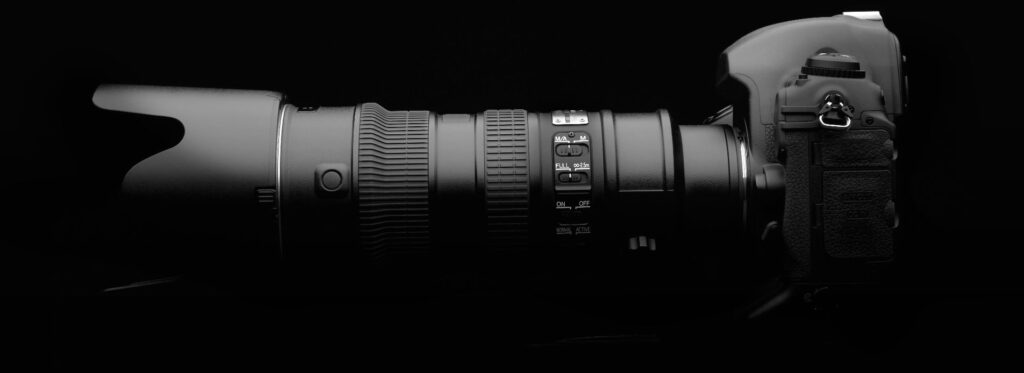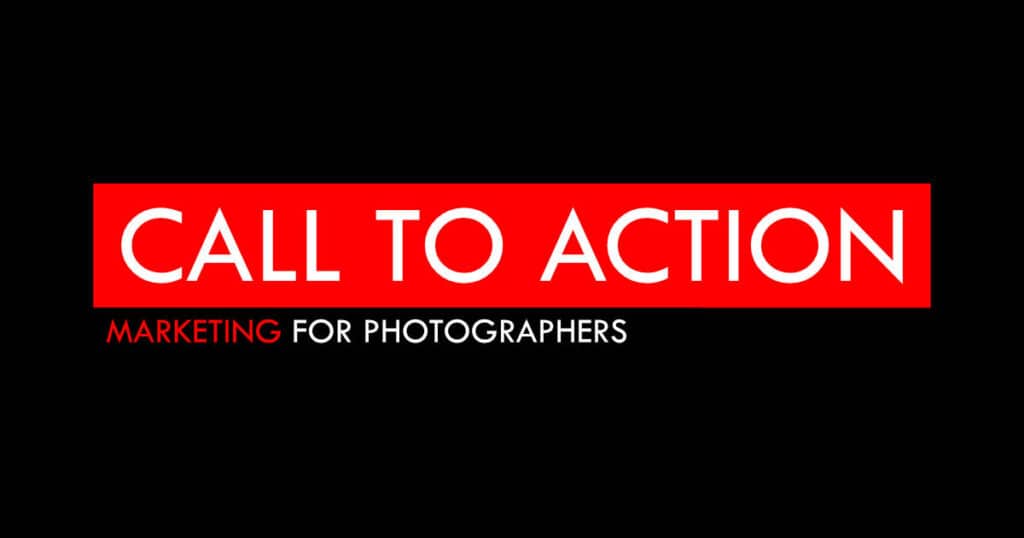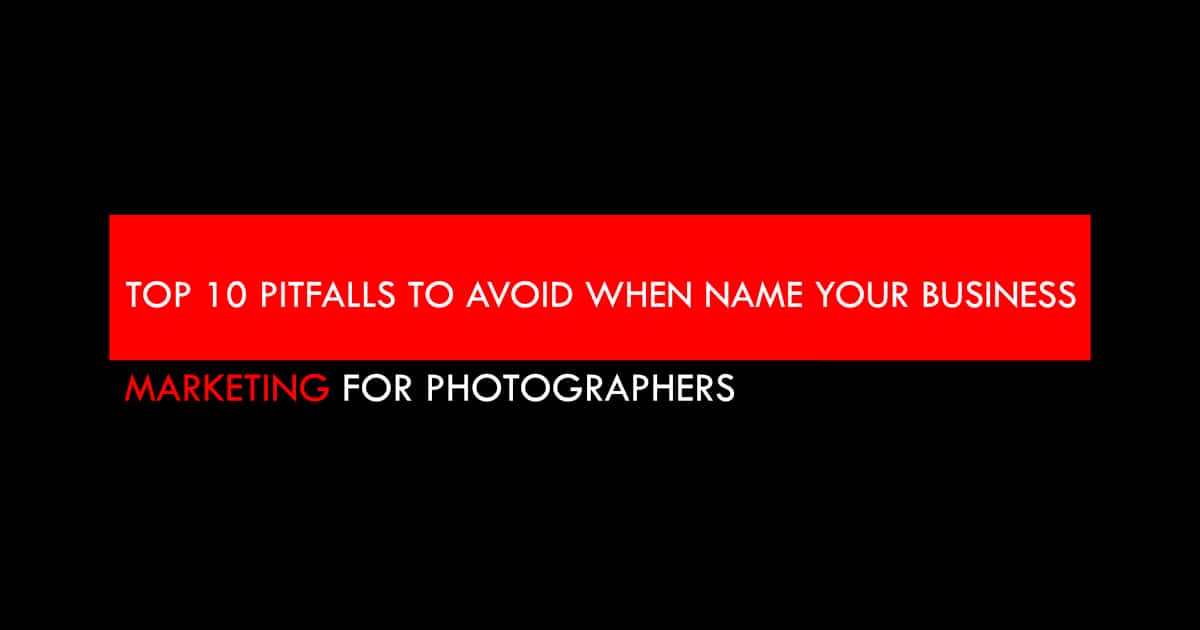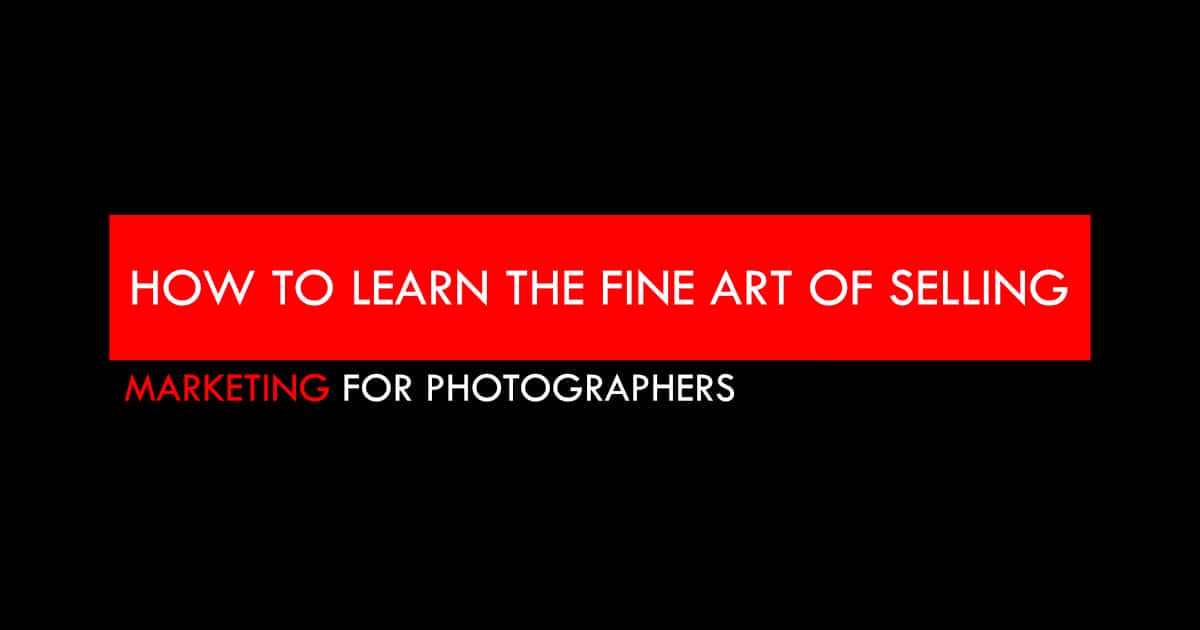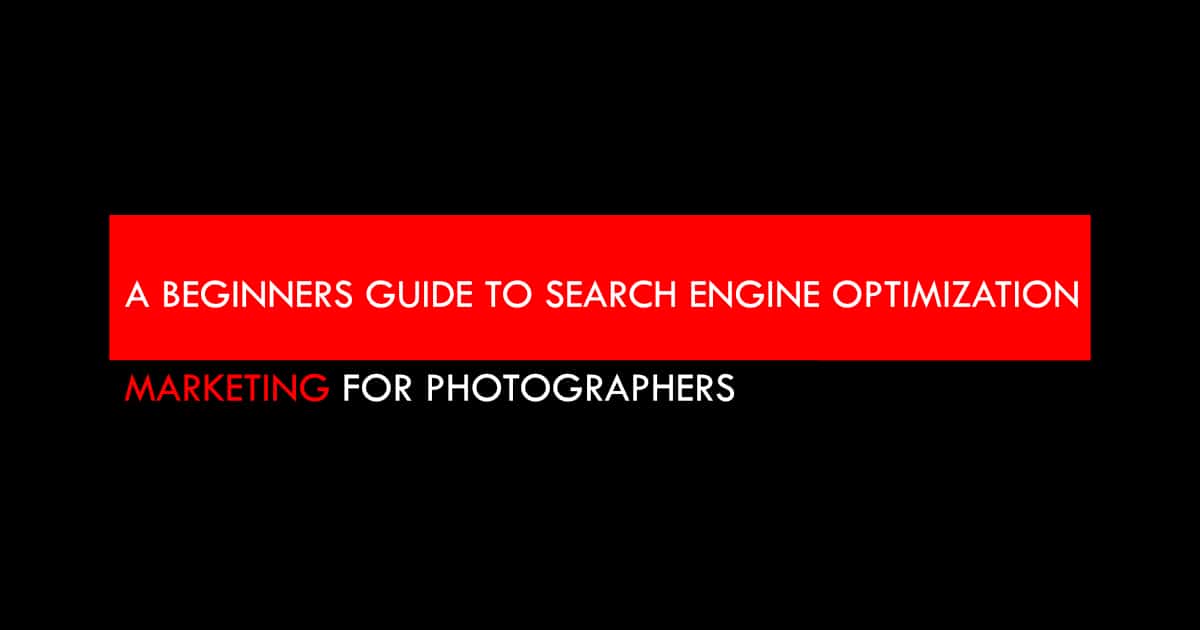What is a photographers call to action and why is it important that Photographers remember to use them on their photography website? Well their real name is just a Call to Action, but I thought I would attract your attention by calling it a “photographers call to action”. This article will explain what a call to action is and will also provide examples of different types of calls to action. The article will also explain why calls to action not only increase engagement on your photography site but also increases sales.
What is a Call to Action (CTA)
A call to action (also known as a CTA) is simply an instruction to the reader of your blog post, website or landing pages telling them what you want them to do next. For example, a call to action might be “click here to book a session” or “download this free guide”. CTA’s are important because they help to guide your website visitors to take the next step, whether that is booking a photo shoot, taking them to your contact page, or simply leading the site visitor on a journey through your website and increasing engagement.
Why are Calls to Action important for marketing?
CTA’s are important for photographers because they can help increase bookings and grow your business. By including a call to action on your website, you are increasing the chances that a website visitor will take the next step and contact you. CTA’s can also help increase email list signups, which is important for marketing your photography business.
Portrait Photographers – Get Bookings Now
If you have a structured studio calendar and work set times, CTA’s can be linked to a Calendar scheduler and booking/payments system for instant bookings. This example can dramatically improve your marketing and increase the level of bookings you take into your studio, rather than the typical “Contact Us” model used by many photographers.
But What about Wedding Photographers?
Very rarely would someone book a wedding tog with a “Book Now” instant booking call to action – finding the correct wedding photographer for a wedding is a journey, so instead we lead our potential clients through our website using a CTA like this:-
Example photographer calls to action
- Find Out More About My Style of Photography
- Important Questions You Should Ask Every Photographer
- What’s different about my photography
- Why you should book Alan Hutchison Photography
- Check my Availability
Can you see how that could lead the client on the perfect journey through your wedding photography website, ultimately leading to a strong enquiry. And we know it is a “strong” enquiry because they have subconsciously already selected you by “checking your availability” rather than just “make an enquiry”. Psychology is very important in choosing the words to use on a call to action.
There are many other different types of CTA’s that you can use on your website or in your email marketing. Some examples of photographer calls to action include:
- “Click here to book a session”
- “Download my free guide”
- “Sign up for my email list”
- “Follow me on Facebook”
- “Contact me now”
It is important to experiment with different calls to action to see what works best for your photography business. You can even test different calls to action by creating two versions of your web page – one with one call to action and one with another. Then, track the results to see which version performs better.
Remember to use CTA in your Social media
Don’t forget, every single post on Facebook, Instagram, Youtube, Tiktok etc should also include a call to action and attract the customers back to your web page or blog.
Make sure your Photographers Call to Action is just that!
A call to action is designed to get people to take a specific action, such as visiting your website, signing up for your newsletter, or making a purchase.
Use Stong Words to encourage visitors to take action
There are a number of elements that make up an effective call to action, but one of the most important is the use of strong verbs.
Some examples of strong verbs to include in your photographers call to action:
- Join
- Discover
- Start
- Create
- Explore
- Transform
When used correctly, these verbs can help inspire people to take the desired action. So if you’re looking to increase conversions on your website, make sure your calls to action are using strong verbs.
Combining these verbs with strong adverbs like “Now”, “Today” or phrases like “Before it’s too late” strengthens your call to action even further. Always remember that Calls to action should reflect your brand voice – don’t come across as too pushy – you need to present yourself as a luxury service.
Use photographers call to action buttons
Call to action buttons make the action stand out on your web page or landing page and encourage visitors to click them much more than regular text would.
It’s not just about Sales
While calls to action can be used for sales purposes shown above, one of the most common uses is simply to increase website engagement.
There are a few reasons why calls to action can help increase website engagement. First, calls to action can help focus your visitors’ attention on what you want them to do. When someone lands on your photography portfolio page, for example, they may not know where to go or what to do next. By including a call to action, you can guide them to the most important parts of your photography site.
It’s Marketing as well
Second, calls to action can help increase the likelihood that someone will take the action you want them to take. If you simply include a link on your portfolio page without any context or explanation, there’s a good chance that people will just ignore it. However, if you include a call to action that tells people what they can expect if they click on the link, you’re much more likely to get them to actually click it.
Finally, calls to action can help lower your website’s bounce rate.
What is “Bounce rate”?
Chances are you’ve heard of bounce rate. But what is it exactly? And why is a low bounce rate important for search engine rankings?
Bounce rate is recorded by Google as part of Google Analytics and is the percentage of visitors who leave your site after viewing only one page. A high bounce rate indicates that people are leaving your site without interacting with any other content. This is bad for two reasons. First, it means that people aren’t finding what they’re looking for on your site. Second, it signals to search engines that your site isn’t relevant or useful, which can hurt your search engine rankings, especially if your homepage is not giving the best results that it should.
Lower your Homepage Bounce Rate Now
So how can you lower your bounce rate to your homepage? Well, this is where the Photographers Call to Action examples like we have used come in again.
LEAD your visitor through your site, by including calls to action within the text and encouraging them to click to the next part of your site.
Once there, TELL them where to go next, and next after that.
Give them a clear CALL to ACTION every step of the way and lead them through your website.
In Summary
So, what is a call to action (or as I call it a “photographers call to action” LOL) and why is it important that Photographers remember to use them on their photography website? Well now you know the answer and if you look closely you’ll see more than just a few calls to action on this page. Start using them today!

